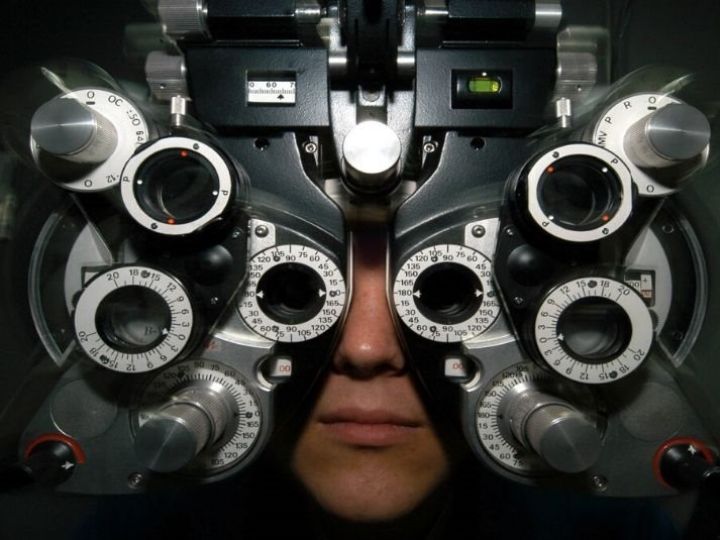2025-01-15 オランダ・デルフト工科大学 (TUDelft)
<関連情報>
- https://www.tudelft.nl/en/2024/tnw/dna-motors-found-to-switch-gears
- https://www.cell.com/cell/fulltext/S0092-8674(24)01433-8
SMCモータータンパク質はDNAを非対称に押し出し、方向を変えることができる SMC motor proteins extrude DNA asymmetrically and can switch directions
Roman Barth∙ Iain F. Davidson∙ Jaco van der Torre∙ … ∙ Stephan Gruber∙ Jan-Michael Peters∙ Cees Dekker
Cell Published:January 16, 2025
DOI:https://doi.org/10.1016/j.cell.2024.12.020
Graphical abstract
Highlights
•All eukaryotic SMC complexes extrude DNA asymmetrically
•Apparent “symmetric” loop extrusion is the result of frequent direction switches
•On human cohesin, loop-extrusion direction switches require an exchange of NIPBL
•Loop extrusion by cohesin is interspersed with loop diffusion and slipping phases
Summary
Structural maintenance of chromosomes (SMC) complexes organize the genome via DNA loop extrusion. Although some SMCs were reported to do so symmetrically, reeling DNA from both sides into the extruded DNA loop simultaneously, others perform loop extrusion asymmetrically toward one direction only. The mechanism underlying this variability remains unclear. Here, we examine the directionality of DNA loop extrusion by SMCs using in vitro single-molecule experiments. We find that cohesin and SMC5/6 do not reel in DNA from both sides, as reported before, but instead extrude DNA asymmetrically, although the direction can switch over time. Asymmetric DNA loop extrusion thus is the shared mechanism across all eukaryotic SMC complexes. For cohesin, direction switches strongly correlate with the turnover of the subunit NIPBL, during which DNA strand switching may occur. Apart from expanding by extrusion, loops frequently diffuse and shrink. The findings reveal that SMCs, surprisingly, can switch directions.



